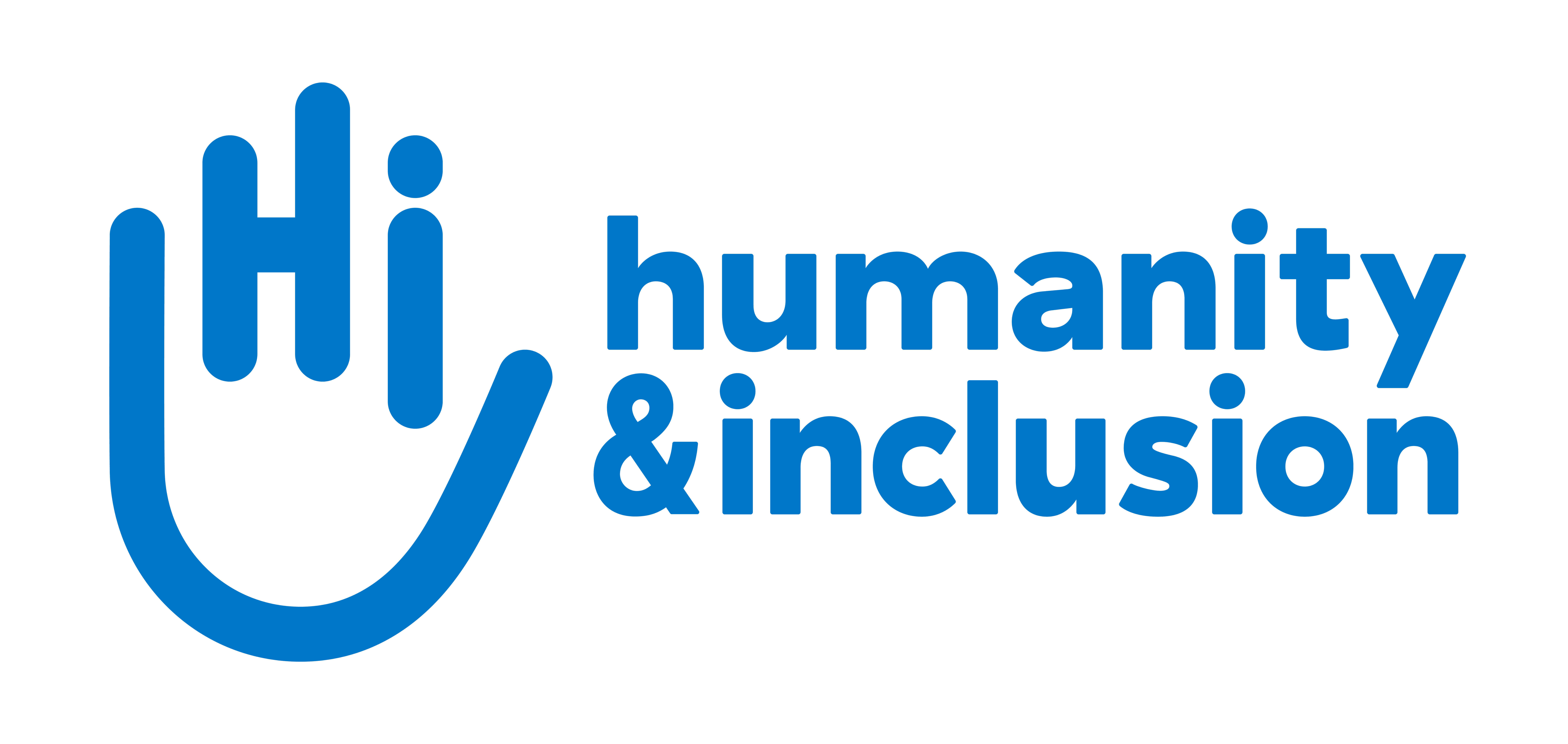Hope for a new mother following a traumatic brain injury
HI helps hospitals in Vietnam to establish and improve rehabilitation units in order to enhance care for patients with brain lesions.

Dr. Dung Le and HI speech therapist Stephanie Wells lead a speech therapy session at Bach Mai National Hospital with Quynh Anh, 30, who suffered a traumatic brain injury | © Molly Feltner/HI
Hope after a traumatic brain injury
Anh Quynh, 30, sits in front of a mirror in the speech therapy unit at Bach Mai Hospital in Hanoi, Vietnam, watching herself slowly mouth out a word—m? bé—mother. It’s a simple act, but a huge step considering where she was just a few weeks ago. Her close-cropped hair and a deep scar on her skull reveal the nature of her condition, a traumatic brain injury.
In May 2018, Anh was involved in a serious road accident while seven months pregnant. She was taken to a small district hospital where she lay comatose for weeks. Despite serious injuries, Anh maintained her pregnancy, and gave birth to her baby. Relatives took her baby home, but Anh remained bed ridden and completely immobile in the hospital for all of 2018.
In early January 2019, Anh was transferred to the Bach Mai National Hospital where HI has been working since 2015, thanks to support from USAID, to improve medical care and rehabilitation for people with neurological disorders and brain injuries. There, physical and occupational therapists, as well as doctors in the hospital’s recently established speech therapy unit, began helping Anh to regain functionality and independence.
“Anh has only been here for 10 days, but she is already able to sit up for an hour and half at a time and feed herself,” says Dr. Dung Le, who is currently training in the speech therapy unit at Bach Mai. “Her improvements are a great example of what is possible when patients receive good rehabilitation care.”
“Right now, we’re working with Anh on articulating words with her mouth,” says Stephanie Wells, a British HI speech therapist who has been training the speech therapy staff at Bach Mai. “She understands what people say to her, but she doesn’t have a voice yet because she still has a feeding tube. She doesn’t really need that anymore, and hopefully once it’s removed, she’ll be able to talk.”
After practicing feeding herself and swallowing food, Anh moved to another unit to work on her motor skills with occupational therapists. Anh’s relatives bring her baby to visit about once a month, and hospital staff are encouraging them to bring the baby more frequently so Anh can develop a stronger bond with her child.





